Last week my sister the Chef and I were down in the South Island of New Zealand, having a road trip.
We were whizzing* along on the road from Arthur’s Pass to Greymouth†when we whizzed past this sign:
I slammed on the breaks** and pulled over to the side of the road. The Chef and I looked at each other.
“Did you just see that?”
“Yep.”
“Did that sign just say ‘Historic Miniature Bungalow”?
“Yep.”
“Are we going to turn around and have a look?”
“OF COURSE!”
So we did.
And it was historic (1930s), and it was miniature (3/4 scale), and it was a bungalow (self explanatory):
This teensy-weensy bungalow was built in 1938-40 by 10-12 year old students at the Jack’s Mill School at Kotuku, led by their headmaster who believed in hands-on learning and wanted to give the students practical skills, and something to care about amidst the deprivations of the Great Depression.
The students completed every aspect of the construction: it was even design by 12 year old student Rosemary O’Brien.
When we pulled up at the school grounds the sign said the house was only open on Sundays (boo), but decided we could at least have a look around the grounds and peer through the windows, and when we did, we discovered that the doors were all open! So we got to explore the house all by ourselves.
At 3/4 scale, the house is big enough for two adults to explore, though you do have a weird sense of being a giantess. You could sit on the bench-setee in the lounge:
And lean on the brick fireplace:
The doors were just tall enough for me to walk through without ducking, but I think I would have struggled to eat a meal at the tiny dinette table!
The house was built just like a real house, with electricity and running water. The students even managed to source a special 3/4 scale stove, bathtub, and sinks:
I had the most fun exploring the kitchen – I wished the cunning cupboards were still full of things, and that you could cook something on the little teeny stove. Mostly I just liked seeing what a 1930s kitchen would really have looked like. The most striking thing was how modern it actually was. In full scale, it would have been quite an acceptable kitchen today!
The lounge led on to the dining room, and then to the kitchen, and the dining room and lounge both had outside doors, but you had to go out on to the porch from the lounge to access the bedroom and bathroom.
It seems odd, but I suspect it is an accurate representation of a the type of bungalow that was becoming popular in New Zealand at the end of the 1930s (though it was quite innovative of the students to design and build one in this style). I’ve certainly seen houses that have rooms that were clearly made from outside porches that have since been closed-in.
Sadly, I didn’t get a photograph of the bedroom with its narrow single bed (double beds clearly being a slightly too advanced educational concept for 10-12 year olds in the mid-20th century!), but we did our best to document the pastel bathroom, with its scaled-down medicine cabinet and functioning water heater.
I didn’t try the taps in the sink to see if they would work, just in case they did!
And, of course, the famous 3/4 scale bathtub, which it turns out is just the right size for me to get stuck in, which I suspect is karma for having got in it in the first place .
In addition to the fully functional bungalow (which was used as the world’s most awesome home-ec classroom until the school shut in 1955), the students designed a garden built around the points of the compass, and built a small outbuilding for the house. For wood storage perhaps?
They also indulged in themed rock-gardens, which I can only surmise were a peculiar early-mid 20th century craze which has since died out.
The rock gardens came with labels (‘1937 Sammy the Starfish Rockery’) and are protected by little corrugated plastic hutches. Can you see Sammy?
In addition to Sammy, there was a rockery for Disney’s Snow White and her seven dwarves, reflecting the latest cultural phenomena. The film was showing in major cities in New Zealand in late 1938 (it came out in the US in 1937). I wonder how far the students of Jack’s Mill had to travel to see it?
The grounds also included the actual schoolhouse (very important!) and a hall.
The hall contained fascinating displays about the surrounding area, and work done by the students, like this modernist rug made from wool that they spun and dyed themselves in 1941:
Everything in the halls was a bit grubby and dusty, and while the bungalow was nice and cool, the hall and school were stiffling hot, and I soon gave up on the displays and retreated outside. I hope the students stuck in the hall and school on hot days at least got to have the windows open!
After the school was closed in 1955 the bungalow fell into disrepair, until the former students took an interest in it in the 1990s and worked to restore it. The information board for the school had a wonderful photograph showing a student whitewashing the chimney in 1938, and again in 1996 when the bungalow was restored.
The miniature bungalow, school and grounds are a now historic reserve, and are owned and managed by the Department of Conservation and the New Zealand Historic Places Trust. You can read more about the school on the Department of Conservation and the New Zealand Historic Places Trust websites.
* And by whizzing, I mean driving along at 5kph under the speed limit, because I’m expressly forbidden by Mr D from becoming part of the holiday road toll unless the circumstances are utterly and completely beyond my control. But whizzing sounds better.
†At the mouth of the Grey River, because people giving European names to things in New Zealand ran out of ideas shortly after eureka moments like “Doubtless this is a bay, so let’s call it Doubtless Bay!” and “I’m doubtful this is a sound, but if it is, we’ll call it Doubtfull Sound”
** Well, slowly and responsibly applied the breaks while signaling that I was going to pull over and finding a suitable spot to do so. But slammed sounds better.

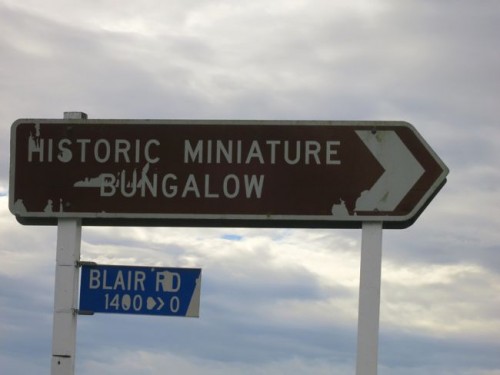
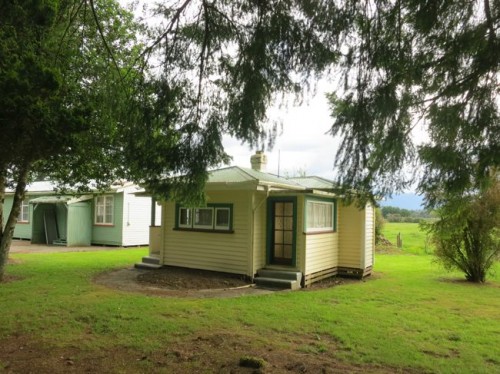
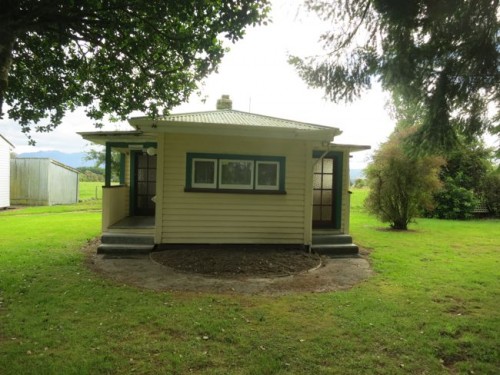
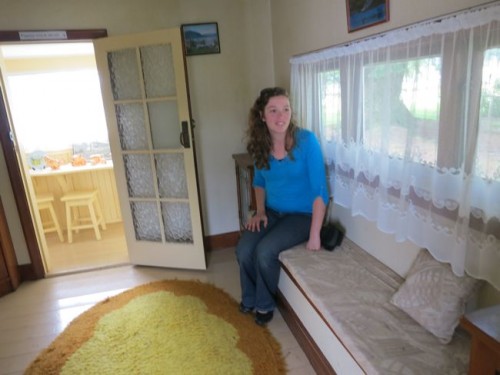
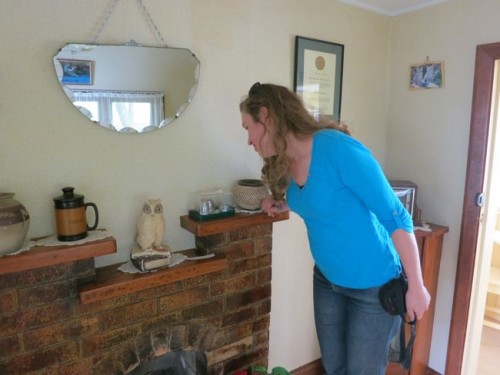
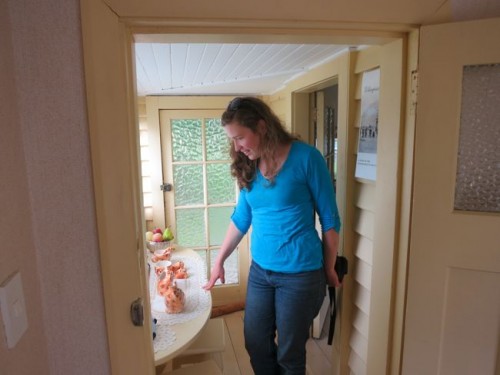
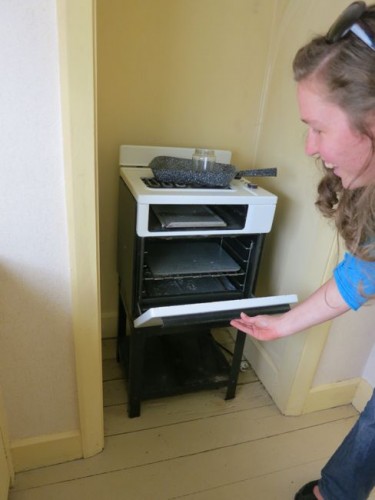
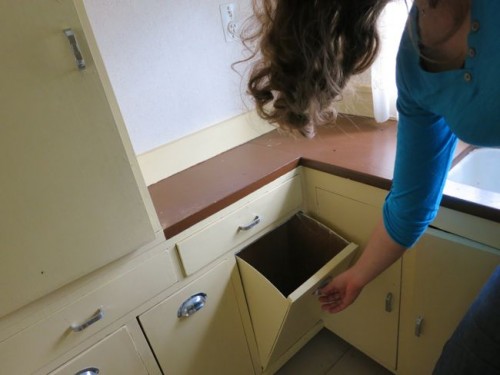

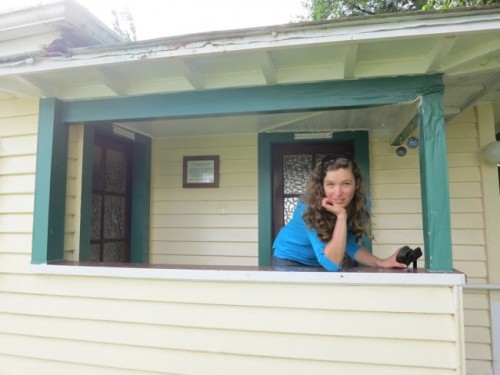
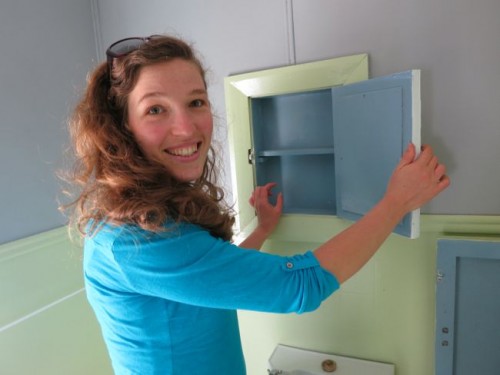
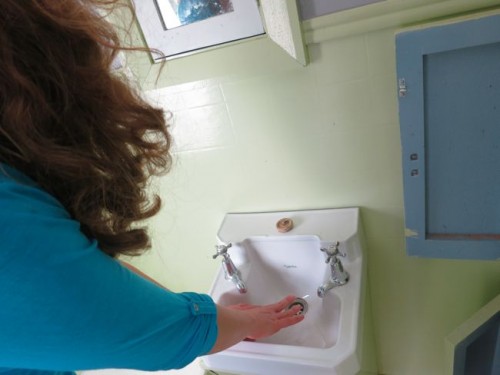
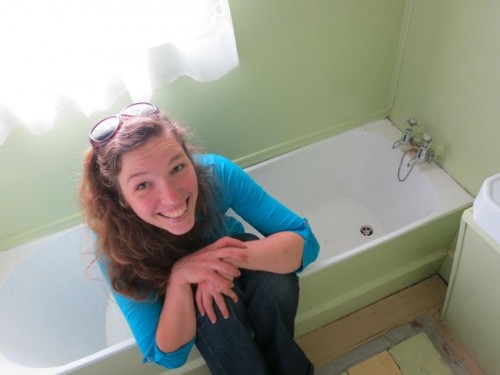
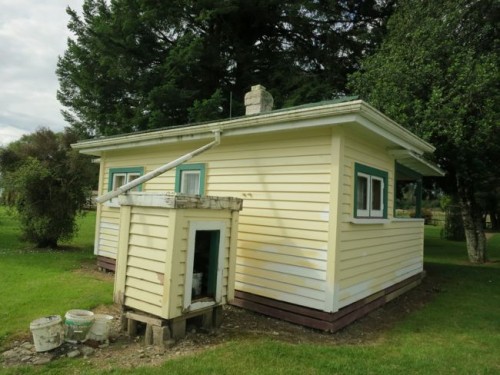
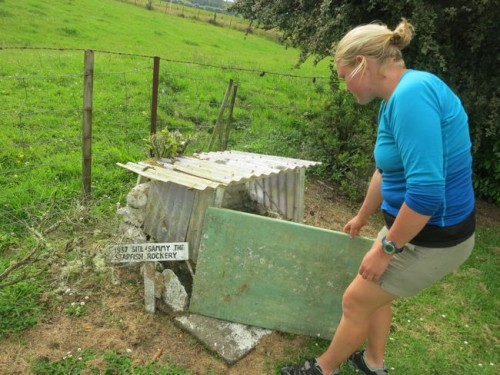
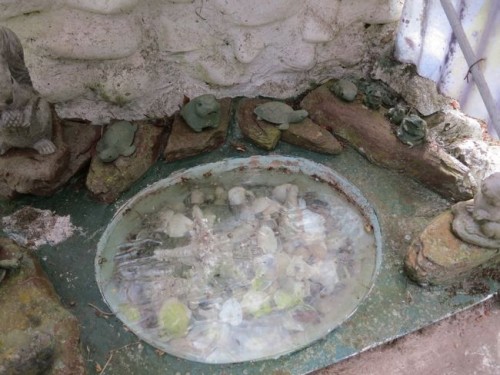
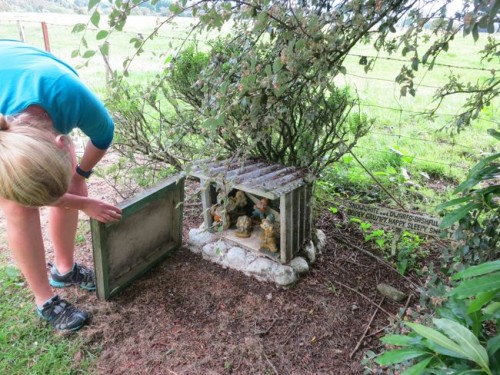
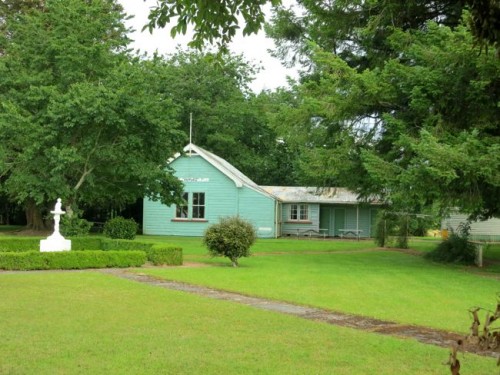
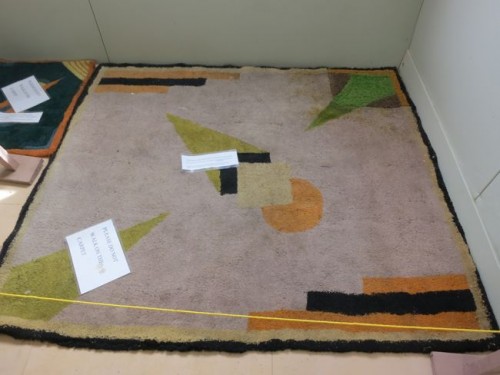
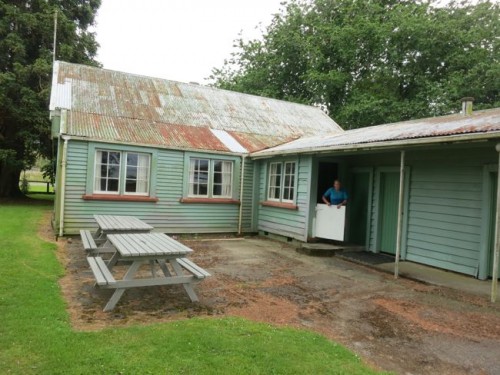
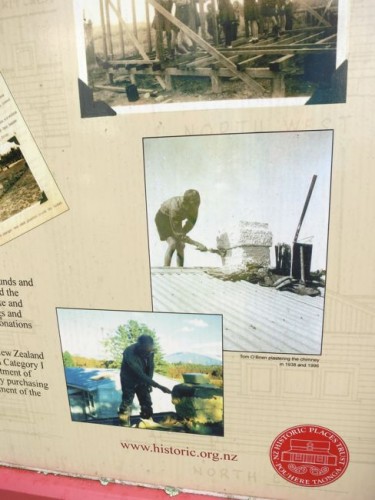
That is so cute. There is a small group of folks who believe in minimalist spending and materialism and live in tiny houses. If you Google Tiny Houses, you can find all kinds of houses that are terribly small that folks actually live in. I would hope they are at least a bit taller than your tiny house. (I for one need a bigger house simply because of my hobbies and because my family and I would get on each others nerves if we were that close together!)
Yeah, I’ve heard of Tiny Houses – not very suitable for those of us in historic costuming, but great if you can live a fairly minimalist lifestyle!
What a wonderful find, Thanks for all the photos.
It was such a happy chance – I can’t believe I’ve never heard of it, working in the history field in NZ.
What a neat find! I think that those bungalows may fit my own specs (except the tub which looks a bit tight)! I’m 152cm tall and so many things here in Germany, and even more so in the Netherlands are built a bit too tall for my comfort.
Hehe. The tub was just too narrow for adult female hips!
I’m 5’7″ and love living in NZ, because there are a lot of tall Kiwis and I feel almost petite! I got tired of being taller than more than half the men in NYC
There area actually a number of “model towns” in the US that have houses built on 3/4 scale from the same period. The only one I have been to is Greenbelt, MD. You have to go to the old part of town but it’s really neat. There’s the downtown section with the co-op grocery, theatre and some little shops surrounded by the 3/4 scale town houses (that are lived in, there’s at least several dozen from what I could tell.) According to the person who showed me around, all the furniture (even beds) was made to that scale.
That’s awesome that they are lived in! Any idea when they date to?
Apparently this one is quite unique worldwide for being so rural, and for being built by schoolchildren.
I love your footnotes.
And I love this post – it’s everything from informative to funny.
Interestingly, something akin to rock gardens may be one 1930s craze that’s actually survived in the Czech Republic. There are “little rocks” built by conscientious gardeners, for the rock terrain varieties of plants, and of course displays like garden gnomes, with all sorts of things, not just gnomes.
Karel ÄŒapek was an avid 30s gardener, and documented his gardening efforts in comical form in “The Gardener’s Year”. It’s never occured to me that some of the things he mentioned could have been new then, because they were commonplace around me, but it makes sense that they would have been! Wikipedia confirms it for me now. (Only in Czech.)
(Alpine gardens. It’s called Alpine gardens, what I tried to describe.)
Correction: an avid 20s gardener. It was first published in 1929.
Such a sweet little house.
I just wanted to say, that I love your blog and your costuming posts.
Thalia
Thanks for this post! It was a fun read.
I think this sort of building project is a *marvelous* idea and wish every 10, 11, or 12-year-old in the WORLD could have an opportunity to participate in one! In fact, I wish I had had the opportunity to participate in such a project when I was 12; it would have helped me gain skills I now wish I had.
I agree! These kids got both the useful skills and the self-confidence to do things themselves instead of buying everything or paying someone to build it. I’m so impressed and more than a bit jealous. What fantastic, creative teachers and brilliant, talented children.
Dear Leimomi,
What a delight! Had my boys been along for the drive and the sudden (ish) turn into Magicland, you could not have gotten them out of there without a crowbar. Me either, for that matter. What a fantastic way to teach everything from math to art to woodshop to gardening. Brilliant teachers, there.
With thanks to NZ for having the foresight to save such a treasure, and to you for giving us a tour,
Natalie in blustery KY
Thanks for givin
How wonderful! I love that 1) it was built in the first place, 2) it’s still there to visit, 3) it was built in my favourite decade and 4) that it is in my home country!
I will have to make sure I see it on a future visit. Thanks for bringing it to the world’s attention!
Oh wow I am going to have to out that one my list of places to visit. What a cool idea, and a great way to teach. And yes I imagine the classroom would have had the windows wide open- before the nightmare of open plan classrooms (a cost cutting exercise, nothing to do with teaching) many of the old school classrooms here had massive folding doors that opened up an entire wall onto the verandah. We used to have them open in summer and it was lovely.
It’s so cute! What a great idea for a school project.
I wonder where they got the miniature sink and tub from.
The kitchen looks pretty familiar. In the apartment where my family lived until about 3 years ago, the cupboards and drawers were painted that exact same shade of yellowish beige, and had very similar handles. We also had a flour bin that looked just like that one. I think the house was about 100 years old. It’s fascinating to see the similarities.
I love your footnotes!
Wow, what a wonderful find, how interesting to know all that history! I can’t imagine ever building a house in school, but it was a great idea to teach them this, who knows when that skill might come in useful, especially during the Great Depression! It is great that it is still preserved!
How cool! I think it is a fairly typical design of its time, though I’m no expert.
Love this! Thanks for sharing. I bet it’s the longest blog post that’s ever been written about it.
Great blog and post. Amazing little place.
Oh, how I wish I had gone to a school like that! I showed the pictures to my 90-year-old dad who has a PhD. in vocational education, and the first thing he said was how innovative the headmaster was. It’s too bad not more is known about him. What a forward-thinking man he must have been.
Thank you so much for writing this up, what a wonderful story, and well told!
Wonderful to read.My Mum ,and her siblings,(the Jones children) were some of the pupils involved in all this.I took mum for a west coast holiday before she passed away and we loved going through the bungalow again. She did the written reports for media and a book. I would dearly like to find a copy of this book. The seeds were germinated by the pupils and planted by them when they were large enough. I understand Dulwich College in England were sent a book but was destroyed in a fire. The whole project was of worldwide interest. Im sure Mum said she designed the fireplace. The pupils did absolutely every aspect of completing the project themselves right down to finding firms to produce the bathroom and kitchen fittings. I think she said ‘ ‘Atlas’ donated the cooker. Her brother planted one of the large trees. How I would love to find the Book of it all!